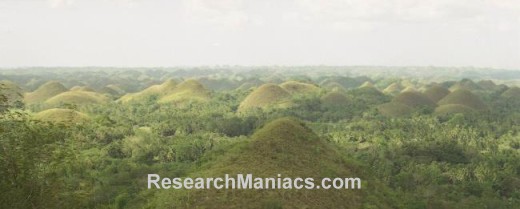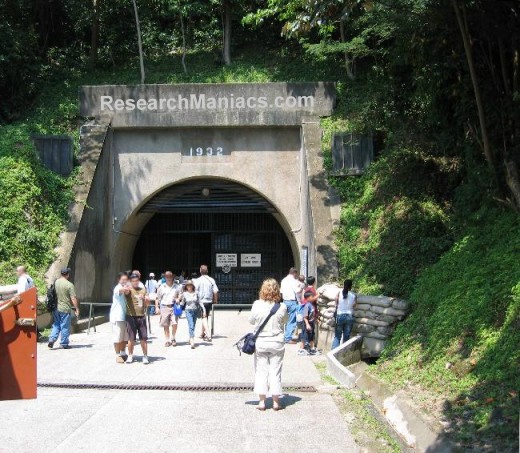Philippines
Information about Philippines
The Philippine Islands became a Spanish colony during the 16th century; they were ceded to the US in 1898 following the Spanish-American War.
In 1935 the Philippines became a self-governing commonwealth.
Manuel QUEZON was elected president and was tasked with preparing the country for independence after a 10-year transition.
In 1942 the islands fell under Japanese occupation during World War II, and US forces and Filipinos fought together during 1944-45 to regain control.
On 4 July 1946 the Republic of the Philippines attained its independence.
A 20-year rule by Ferdinand MARCOS ended in 1986, when a "people power" movement in Manila ("EDSA 1") forced him into exile and installed Corazon AQUINO as president.
Her presidency was hampered by several coup attempts that prevented a return to full political stability and economic development.
Fidel RAMOS was elected president in 1992.
His administration was marked by increased stability and by progress on economic reforms.
In 1992, the US closed its last military bases on the islands.
Joseph ESTRADA was elected president in 1998.
He was succeeded by his vice-president, Gloria MACAPAGAL-ARROYO, in January 2001 after ESTRADA's stormy impeachment trial on corruption charges broke down and another "people power" movement ("EDSA 2") demanded his resignation.
MACAPAGAL-ARROYO was elected to a six-year term as president in May 2004.
Her presidency was marred by several corruption allegations but the Philippine economy was one of the few to avoid contraction following the 2008 global financial crisis, expanding each year of her administration.
Benigno AQUINO III was elected to a six-year term as president in May 2010.
The Philippine Government faces threats from several groups on the US Government's Foreign Terrorist Organization list.
Manila has waged a decades-long struggle against ethnic Moro insurgencies in the southern Philippines, which has led to a peace accord with the Moro National Liberation Front and on-again/off-again peace talks with the Moro Islamic Liberation Front.
The decades-long Maoist-inspired New People's Army insurgency also operates through much of the country.

Above picture: The unusual geological formation known as the Chocolate Hills in Bohol. Almost 1,300 perfectly cone-shaped hills, all about the same size, spread over some 50 square kilometers. The grass covering the hills turns brown during the dry season, giving the hills their name.

Above picture: East entrance to the Malinta Tunnel complex on the island of Corregidor. Constructed by the US Army Corps of Engineers between 1922 and 1932, it was used for bomb-proof storage, as a command center, and a 1,000-bed hospital. The main east-west tunnel is 253 m (830 ft) long and 7.3 m (24 ft) wide, with 24 lateral tunnels, each about 49 m (160 ft) long and 4.6 m (15 ft) wide. A double track electric railway ran down the main tunnel. General Douglas MACARTHUR's headquarters and the offices of President Manuel L. QUEZON of the Philippines Commonwealth were located in laterals just inside this entrance.
|
|
|
|